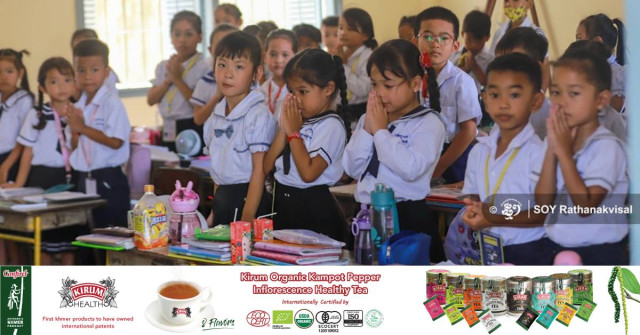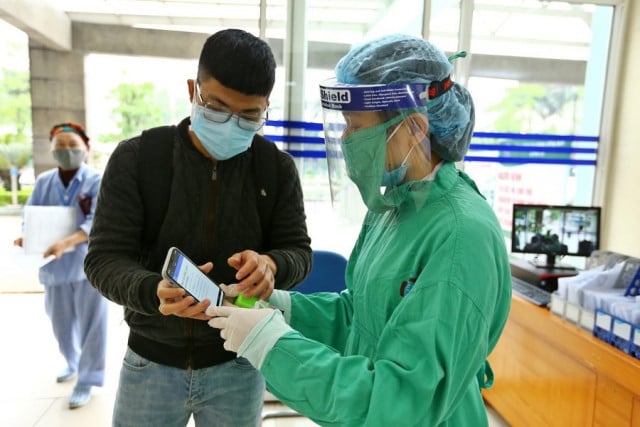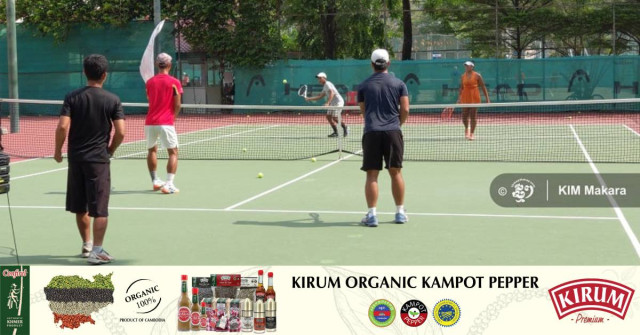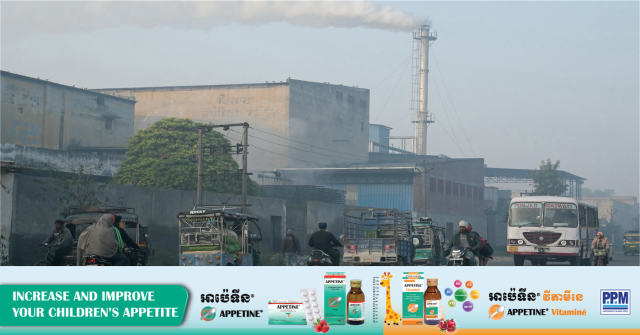Classes Cut Short in Scorching Heat

- By Teng Yalirozy
- May 1, 2024 12:05 PM
PHNOM PENH – School hours have been shortened as temperatures hit 40 degrees in Phnom Penh and some provinces, sparking fears for the wellbeing of students and demands for temporary school closures.
The country has seen extreme heat since April, the hottest month signalling the end of the harvest season and the start of the rainy season in May.
Forecasters say rain is not expected, with temperatures of 36-38 degrees from May 1 to 3.
The Education Ministry has ordered schools to start at 7am and end at 10am and run from 2pm to 5pm.
However, some parents and the public have urged that schools be shut until the weather cools, worrying about the health of small students, especially those in remote areas who travel by foot or bicycle.
Prime Minister Hun Manet on May 1 ordered school closures if the temperature rises above 40 degrees.
“If necessary, the school management is given the right to suspend the study if the temperature is above 40 degrees. It’s not good for students to sit for a long time while the weather is scorching,” he said.
Southeast Asian countries, including Cambodia, are facing extreme heat, with temperatures of up to 45 degrees. Such an environment can be dangerous for the elderly and people with chronic diseases.
Public schools in the Philippines on Monday canceled in-person classes for two days, forcing millions of students to stay home as this country is among the worst heat-affected. Soaring temperatures sparked fears of water shortages, power outages and damage to crops.
In Thailand, where temperatures reached 40 degrees on Tuesday, heat has killed about 30 people this year, the South China Morning Post reported.
The extreme weather has prompted many public schools in Cambodia to take steps to protect their young students in ways such as keeping them out of the sun, placing cold towels on their heads, spraying water into classrooms or on rooftops.
Vichet Dara, principal of the Komrou Primary School in Mongkol Borey district of Banteay Meanchey province bordering Thailand, said the temperature in the area has risen to 43 degrees, causing some students to have nosebleeds, anaemia and headaches.
The incident prompted him to take action to ensure the wellbeing of students, some of whom stayed at home because of fear of fainting. Some students have to commute 20km to school.
“A few students who cycle to the school, after five minutes into the class, encounter headaches or nosebleeds,” said Dara.
“So, we take immediate action and inform their parents. We have prepared bathroom and drinking water for them, but it’s not enough, so some parents donate drinking water to the school.”
If the steps taken are not enough, he would ask for the school to close because it was chaotic with some students coming to school and some staying at home, which affected their performance.
“I feel pity for my students,” he said.
Wat Bo Primary School principal On Kun Roth in Siem Reap province urged parents to pick up their children on time while providing them with heat protection such as hats or jackets.
“To date, we haven’t seen any serious health crisis caused by the heat,” he said.
“Some catch a cold and we immediately contact their parents to take them home. Please take care of your children as they do not know anything about the aftermath of the heatwave and the way to protect themselves.”
Children at Risk
UNICEF says a third of the world's children experience 4-5 heat waves annually, including temperatures over 35 degrees for 83.54 days, or heatwaves lasting 4.7 days or longer.
“By 2050 almost every child in the world – nearly 2.2 billion children – will be exposed to frequent heatwaves,” UNICED says.
Children are more susceptible to heat stress due to their lower sweating rate, higher metabolism, and prolonged outdoor activities, which increase their risk of heat exposure and injury, especially during extreme heat.
According to the report by UNICEF, Cambodia is among 23 countries that will fall into the highest category for child exposure to extreme high temperatures.
“In Cambodia, even if the world keeps warming at 1.7 degrees or lower, that will still mean that 100% of children will be exposed to more than 4.5 heatwaves a year and that 55.7% will experience extremely high temperatures where more than 83 days a year exceed 35°C,” the report says.
The Ministry of Health has told people to drink enough water, wear sun-protective clothing, avoid crowded areas, keep an eye on the elderly and children, and be aware of any precautions in the event of unexpected health issues.

















